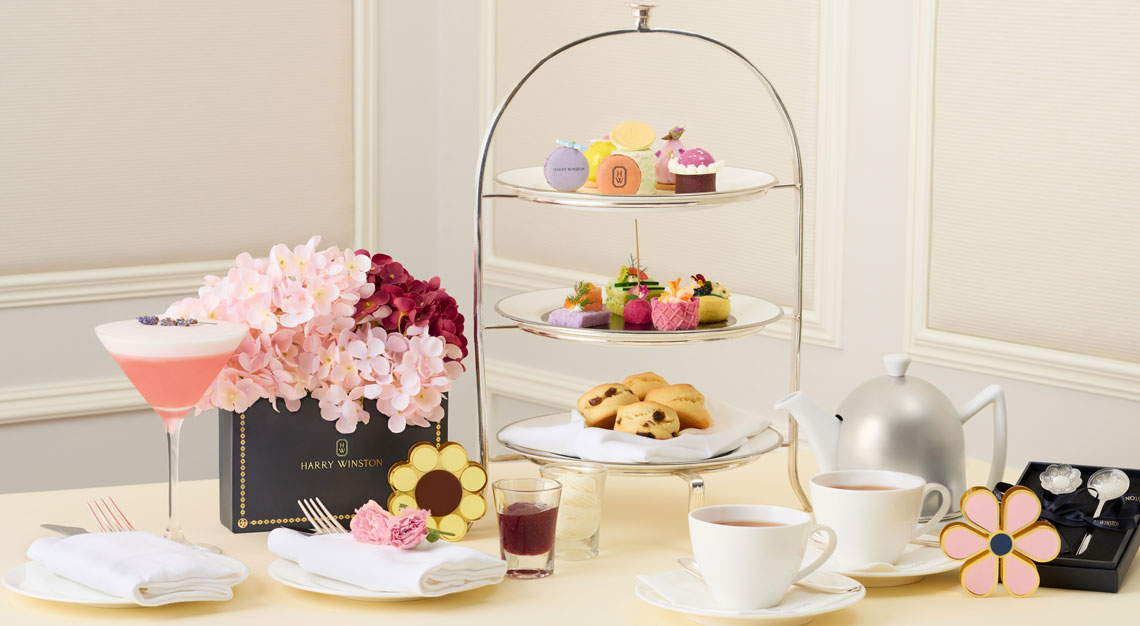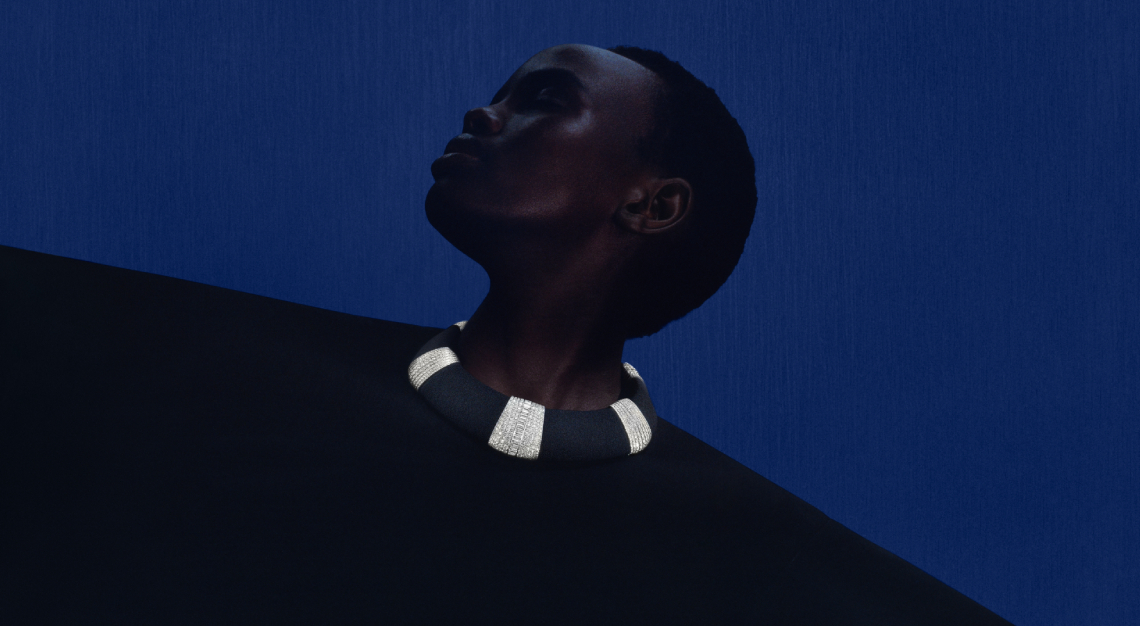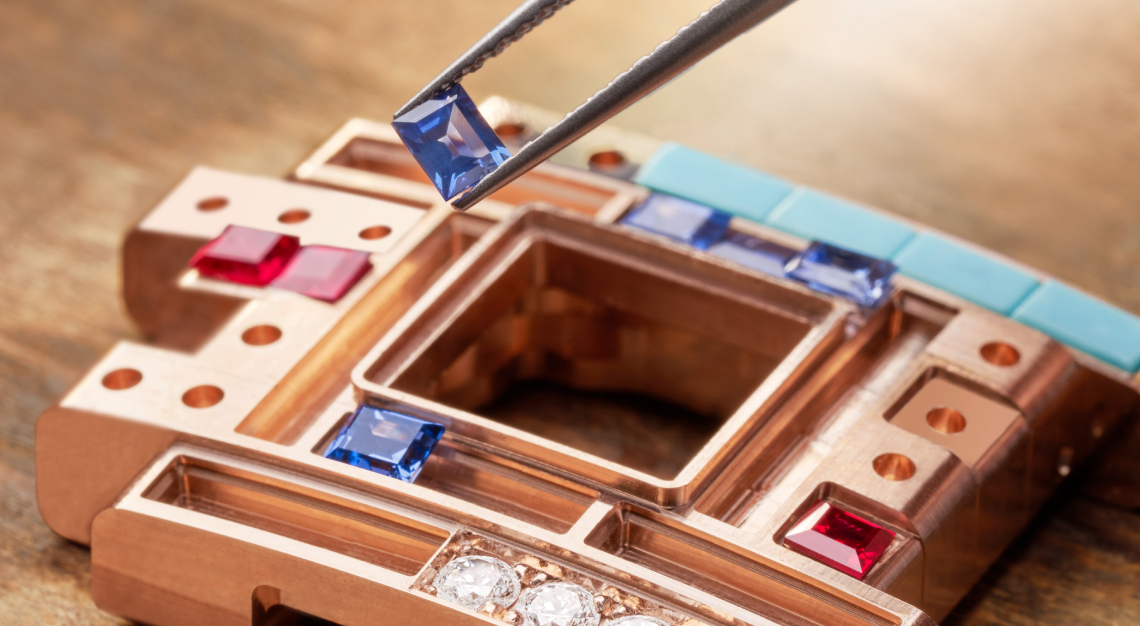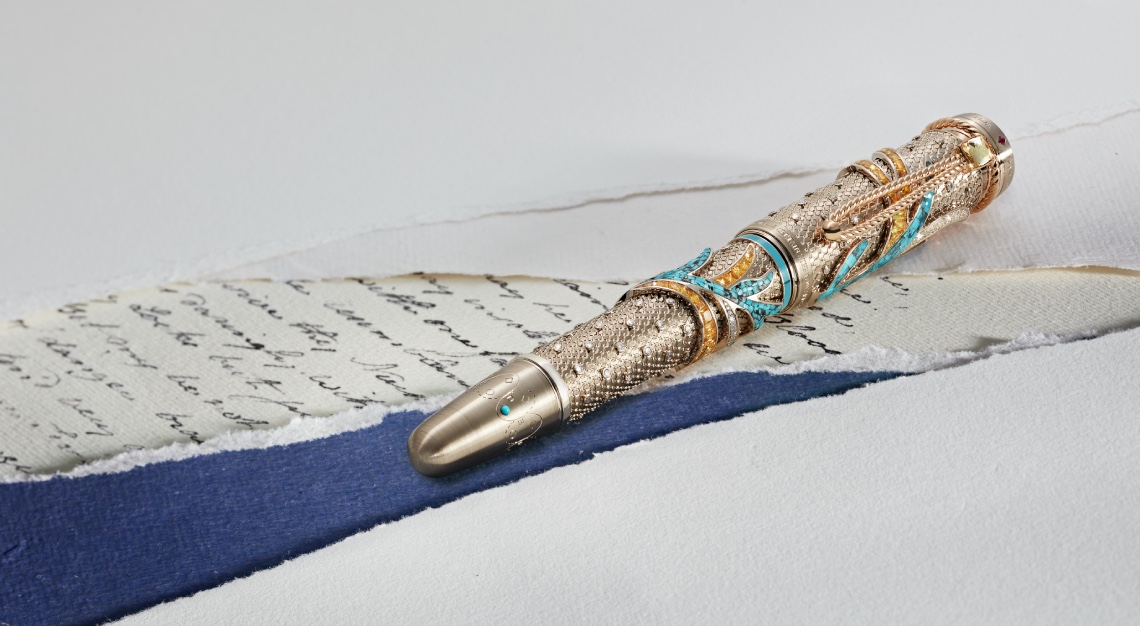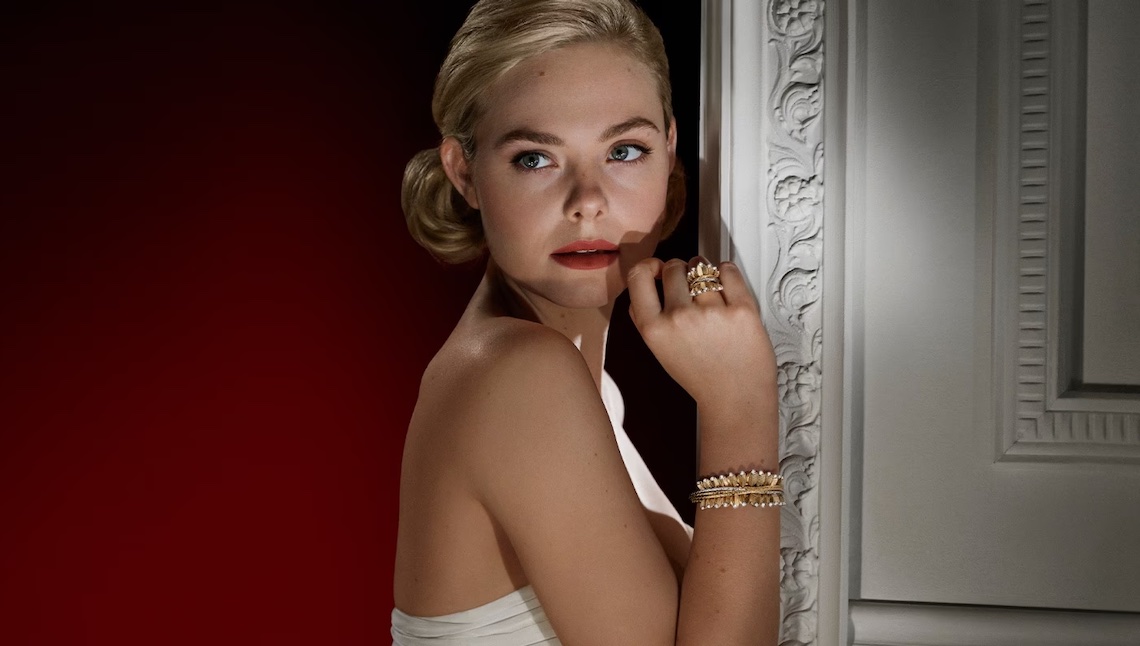At L’Ecole, the School of Jewelry Arts, jewellery enthusiasts learn that there is more than one way to view inclusions in gemstones
When it comes to diamonds and other precious gemstones, most are well aware of the four Cs: cut, carat, colour, and clarity. Of the four, cut and carat are the least ambiguous. Cut refers to how the stone is facetted, and carat refers to its weight. Well-cut stones are always symmetrical and balanced with good proportions. Colour, on the other hand, depends very much on the type of stone in question. Diamonds should ideally be completely devoid of colour, while the best emeralds, rubies, sapphires, and coloured diamonds are fancy intense or fancy vivid in hue.
This brings us to the final C, clarity. Although this sounds straightforward enough—after all, the best stones are supposed to be crystal clear—oftentimes, the presence of foreign elements such as trapped crystals, liquids, gas bubbles and even fractures (known as ‘inclusions’ or jardin in emeralds) can lend a poetic quality to an otherwise cut-and-dried stone. But what are inclusions, really? Why do we dread them and, indeed, should we dread them? These questions were asked—and answered—by L’Ecole School of Jewelry Arts at its recent Bangkok stopover.
L’Ecole School of Jewelry Arts is an institute supported by French maison Van Cleef & Arpels to inspire, promote, and nurture a passion for jewellery and gemstones, as well as the traditional crafts and creative endeavours of the jewellery world. With campuses in Paris, Shanghai, Tokyo and Hong Kong, L’Ecole also travels to key cities across the globe, engaging like-minded individuals with a shared passion for jewellery.
Intimate Inclusion
One such individual is Billie Hughes, a Bangkok-based gemmologist who is known for her incredibly artistic gemstone macro-photography. Inspired by her parents, both of whom are also trained gemmologists, Hughes spends her days scrutinising gemstones at her family-owned laboratory. Throughout her work, she frequently encounters gemstones of all kinds with the most fascinating inclusions imaginable. Fuelled by her discoveries, Hughes felt compelled to capture them in photographs to share with a wider audience.
Shooting with specialised equipment configured to her microscope, Hughes’ snapshots range from the abstract and ethereal to the implausibly figurative. A flurry of intersecting lines within a rutilated quartz, for instance, resembles an intergalactic painting when shot at 60 times magnification. That’s not even the amazing part, because rutilated quartz gets its unique appearance from thousands of rutile needles crisscrossing each other at precise angles.
What wasn’t quite as routine in this stone was a tiny blob of liquid formed perhaps millions of years ago. Intriguingly, when placed under the lens, the heat projected from Hughes’ microscope onto the stone caused the liquid to bubble, as if it were a living organism.

Another image revealed a special inclusion pattern resembling a horse’s tail that all gemologists know to be a dead giveaway of demantoid garnets. Alien-green in colour, the beautiful hairline effect casts upwards and outwards like microscopic fireworks frozen in time and captured for eternity.
Hughes has also documented several gemstones found with inclusions that border on the comical and fantastical. A blazing star, an adorable little mushroom, a majestic unicorn, an eerily realistic Venetian mask… These are some of the ways that inclusions have manifested in precious stones which might not resonate in traditional high jewellery creation but would appear alluring and desirable to the contemporary gemstone enthusiast.
At the L’Ecole seminar entitled Earth’s Time Capsule: Inclusions in Coloured Gemstones and Diamonds, Hughes spoke at length about such one-in-a-million gemstones. Joined by Olivier Segura, L’Ecole’s gemmologist and scientific director, they considered the possibility that there has to be more than one way to perceive the appearance of inclusions in gemstones.
Perhaps instead of the word ‘inclusion’, which may suggest negative connotations, we could consider them mere irregularities so that the true beauty of a gemstone would not be diminished simply because it comes with a few unexpected elements. Sometimes, that unexpected element could well be its biggest surprise. Hughes remembered discovering an inclusion inside a tourmaline was, in fact, an apatite. Meaning, she was actually looking at a gemstone within a gemstone.
As it unlocked a completely new perspective on clarity and inclusions, Hughes’ discovery ultimately begat the question: Should we still call an inclusion an inclusion if it adds to, rather than subtracts from, the gemstone?

